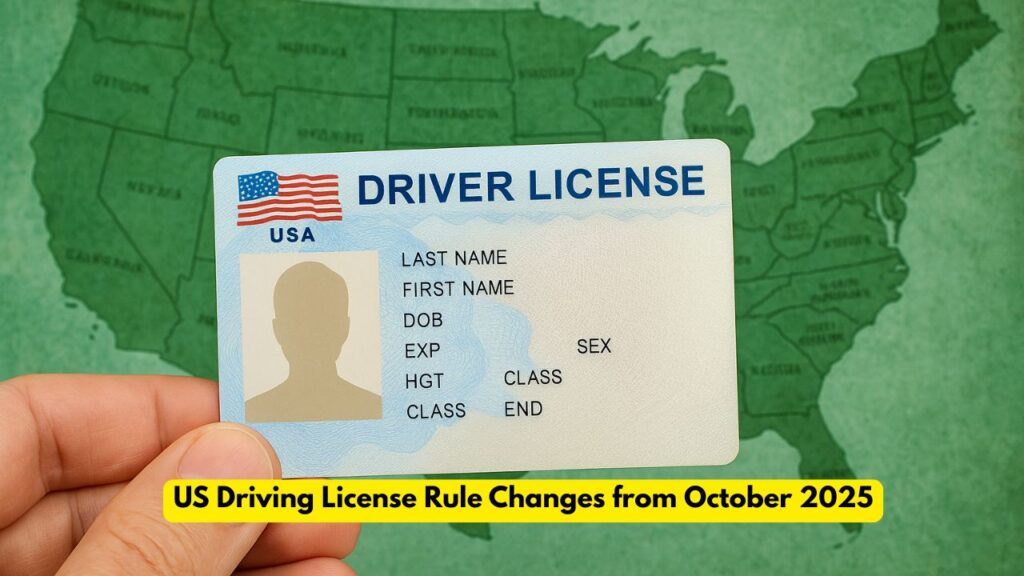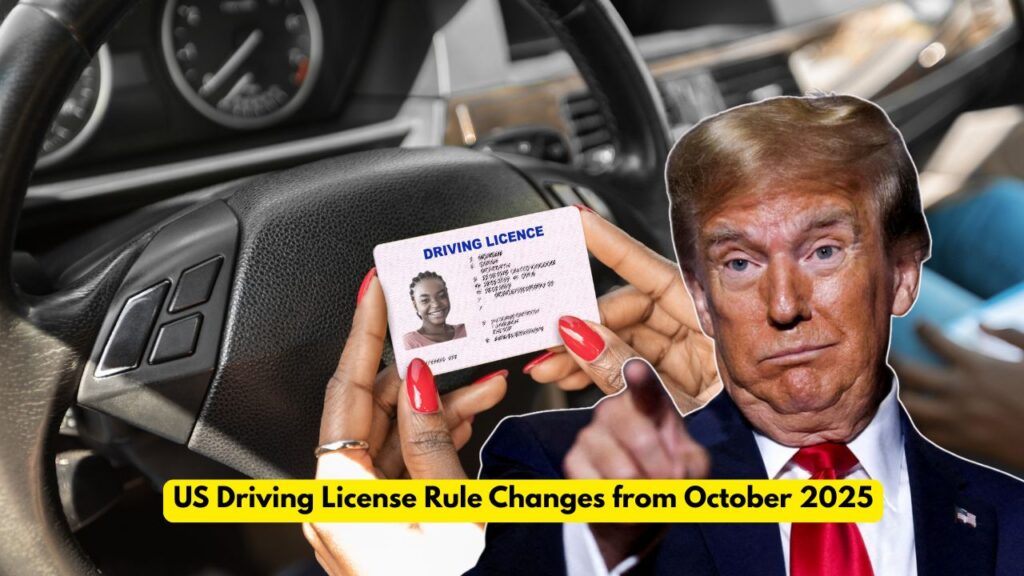Starting October 2025, the U.S. Department of Transportation will implement a new nationwide policy designed specifically for older drivers aged 70 and above. This policy aims to strike a delicate balance: preserving independence while promoting road safety for all.
With America’s senior population booming, this law comes at a pivotal time. More than 48 million Americans aged 65+ currently hold a driver’s license, and that number is expected to rise sharply. While many seniors continue to drive safely, age-related changes—like slower reflexes or vision decline—can impact driving ability.
So, what does this new law mean for you, your loved ones, or your aging parents? Let’s break it down.
Why This Law Is Needed: Aging Behind the Wheel
Driving isn’t just a convenience—it’s a lifeline. For millions of older adults, driving allows access to essential services like grocery stores, hospitals, and social events. However, age brings inevitable physiological changes:
- Diminished reaction time
- Declining vision
- Increased risk of cognitive impairment
These issues don’t affect every older driver the same way. That’s why the new law doesn’t punish based on age alone. Instead, it introduces individualized assessments that look at actual driving ability—not just birth dates.
Key Features of the New Law
The most significant change is how older drivers will renew their licenses. Instead of a one-size-fits-all approach, the process now considers age tiers and individual capability.
📋 Renewal Requirements by Age
| Age Group | Requirement |
|---|---|
| 70–79 | Standard renewal with vision and reflex tests |
| 80–86 | In-person renewal every 2–4 years |
| 87+ | Annual road test + medical clearance |
This tiered model helps detect issues early—before they lead to accidents.

What Tests Are Involved?
Depending on the state and personal health status, drivers may need to complete one or more of the following:
- Vision Test: Ensures eyesight meets safety standards.
- Cognitive Screening: Measures memory, decision-making, and attention span.
- Road Test: Particularly important for those 87+ or when there are medical concerns.
These evaluations are non-invasive and practical, designed to identify potential safety concerns without unjustly restricting independence.
Can Someone Report an Older Driver?
Yes—and it’s easier than you might think.
Family members, doctors, and caregivers can file a confidential report to the Department of Motor Vehicles (DMV) if they believe a senior is no longer safe to drive. However, false or malicious reports are discouraged and can be investigated.
If the DMV receives a credible report, it may require a driving re-evaluation.
State-by-State Differences: Know Your Local Rules
Although this is a federal policy, each state has the authority to implement it in its own way. Some may add extra layers of safety, while others may take a gentler approach.
🗺️ Examples of State-Specific Requirements:
| State | Unique Rule |
|---|---|
| California | In-person renewals required after age 70 |
| Florida | Vision test mandatory at every renewal past 80 |
| Texas | Annual check-ins required after age 85 |
| New York | Doctor’s clearance might be needed from age 80 |
Always check your local DMV for the latest updates and specific guidelines.
Restricted Licenses: A Middle Ground
Not every senior who faces challenges behind the wheel needs to give up driving entirely. Restricted licenses offer a compromise.
These may include:
- Daylight-only driving
- No highway access
- Local travel only
Restricted licenses ensure seniors stay active while reducing risks during more demanding driving conditions.
Alternatives to Driving: Stay Mobile, Stay Social
Losing the ability to drive doesn’t mean losing independence. Seniors today have more options than ever:
- Ride-sharing apps like Uber and Lyft
- Community shuttle services
- Senior volunteer driver programs
- Public paratransit systems
Many communities offer discounted or free rides for seniors. Planning ahead ensures continued access to critical services and social connections.
Final Thoughts: Safety + Independence Can Coexist
This new law isn’t about taking away freedom—it’s about promoting safe, smart, and independent driving for as long as possible. Personalized testing ensures those who can drive safely still do, while those who pose a risk can transition smoothly into alternative transportation.
By focusing on abilities instead of age, the U.S. is creating a safer, more inclusive roadway system—one where seniors can thrive without compromising public safety.

FAQ:-
Q1: Who will be affected by the new U.S. driving law?
Drivers aged 70 and above, with different requirements depending on age and health.
Q2: Will every older driver lose their license?
No. The law focuses on capability, not age.
Q3: Can a family member report a senior driver?
Yes. Reports can be made to the DMV if there are genuine safety concerns.
Q4: What happens if I fail a test?
You may receive a restricted license or transition to alternative mobility options.
Q5: Do all states follow the same rules?
No. Each state can customize the implementation. Always check your local DMV.
Stay informed. Drive smart. Stay safe.
Whether you’re a senior, a caregiver, or a concerned family member, this law marks a major step toward smarter road safety in the U.S.